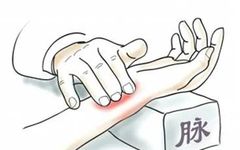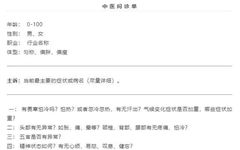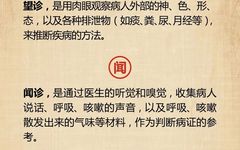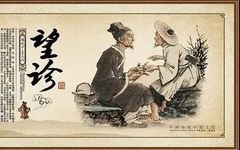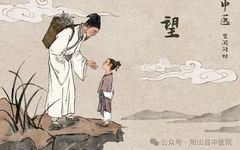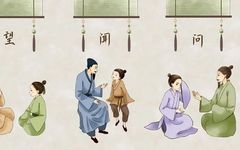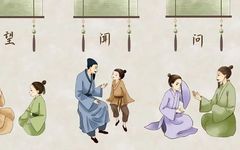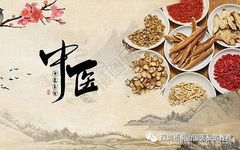Traditional Chinese Medicine: Observation and Listening as a Form of Self-Examination!
The ancient practice of Traditional Chinese Medicine (TCM) has unique research findings and rich practical experience in the field of physical examination. Important aspects of TCM diagnosis include the four examinations—observation (望), listening (闻), inquiry (问), and palpation (切). Among these, observation and listening are intuitive methods that can be learned and utilized by the … Read more

